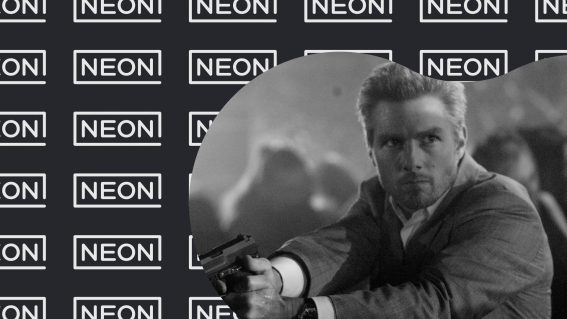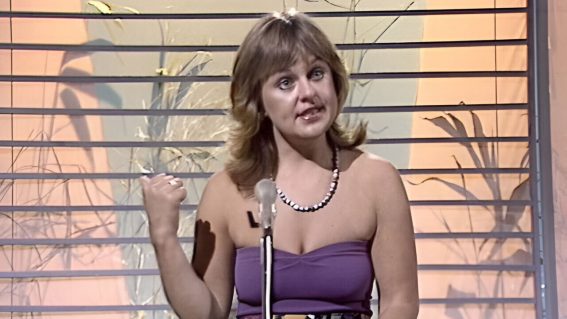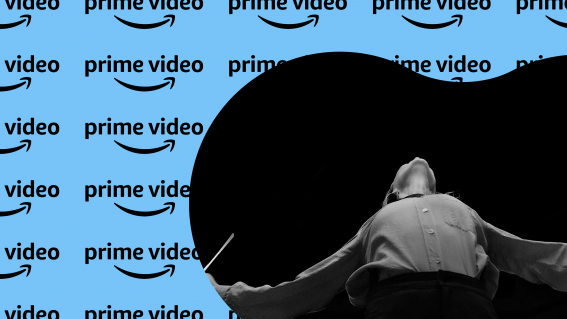‘You’ve got to go back big’: The Rings of Power creators on returning to Middle Earth

How do you take on a task as big as adapting Lord of the Rings, in the most expensive TV series ever made? Stephen A Russell picks the brains of The Rings of Power co-creator John D. Payne.
Stray too far into the internet’s darkest corners, where Shelob spins her merciless web, and you’ll encounter J.R.R Tolkien fans whose white-hot fury at even the teeniest of tweaks to his Middle Earth-set novels burns brighter than the Cracks of Doom in which Sauron infamously forged the One Ring.
It’s a daunting business, then, stepping into this world of Eleven lords, mine-deep dwarves and marauding orcs. But who could resist the Smaug-coveted riches offered up by the great fantasy epic? Certainly not John D. Payne, co-showrunner of Prime Video’s spellbinding return to these fabled lands The Lord of the Rings: The Rings of Power, set thousands of years before Peter Jackson’s big screen adaptations unfold.
“We felt like Frodo and Sam, that we had been just given the fate of Middle Earth in our hands,” Payne says of the world opened up to him and fellow showrunner Patrick McKay. “We had to start walking, one step at a time. You can’t think of the totality of the journey at any given time, or else it’d be totally overwhelming.”
There was no doubt in Payne’s mind that the Second Age of Middle Earth was the perfect era to tackle in this prequel show: “if you’re gonna go back to Middle Earth, you’ve got to go back big,” he says. “You’ve got the forging of the rings of power, the rise of the dark lord Sauron, the fall of Numenor, and the last alliance of elves and men.”
Rewriting the legend
Just as Jackson did before them, some tweaks had to be made to Tolkien’s expansive story. “We had to compress the timeline,” Payne says. “We want you to be able to invest in characters, and if you really stick to the letter of the law, people are gonna be dying off all the time.”
Payne and co secured the blessing of the Tolkien estate to speed things up a little, working closely with the author’s grandson Simon. “We also had amazing Tolkien scholars from around the world, like Tom Shippey and Carl Hostetter, to make sure that as we were inventing those things, we were staying true to the spirit of Tolkien and communicating the heart of what it feels like to be in Middle Earth.”
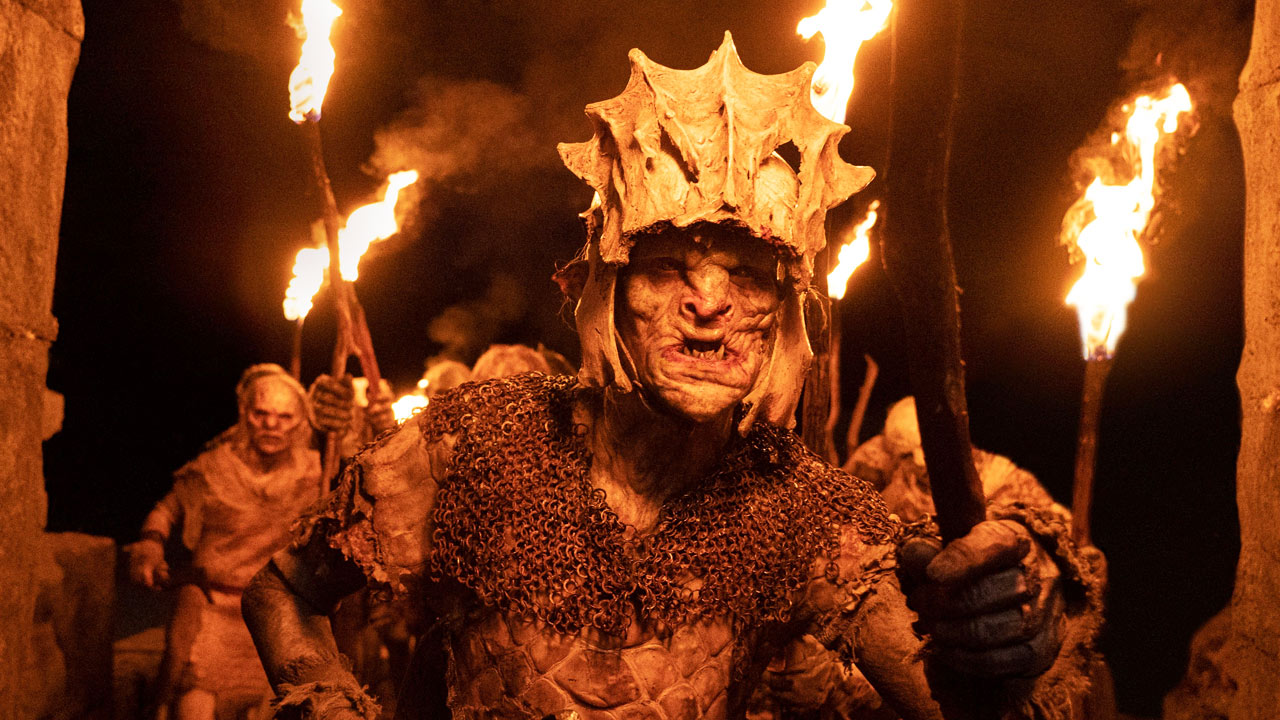
Thanks to the longevity of the elven lifespan, The Rings of Power reintroduces viewers to much younger iterations of fan favourites like Cate Blanchett’s Galadriel and Hugo Weaving’s Elrond, now played by Welsh star Morfydd Clark (Saint Maud) and Robert Aramayo, who depicted a young Ned Stark in Game of Thrones.
“We felt that that was an amazing opportunity of this show,” Payne says. “When we first met Galadriel, she’s a wise and ethereal elder states-elve in Lothlorien, and we wondered, what if you take her back thousands of years to figure out how she learned that wisdom? We loved the idea of an action Galadriel who’s seen some battles.”
They also dipped into corners of the world only briefly hinted at by Tolkien, like the wandering harfoots, earlier cousins of the Shire-based hobbits yet to settle in one place. “Tolkien teases us with these halflings that had wandering days, who were beardless and bootless and a little darker of skin. Telling stories within these worlds that he had just hinted at was the treat of a lifetime, creatively.”
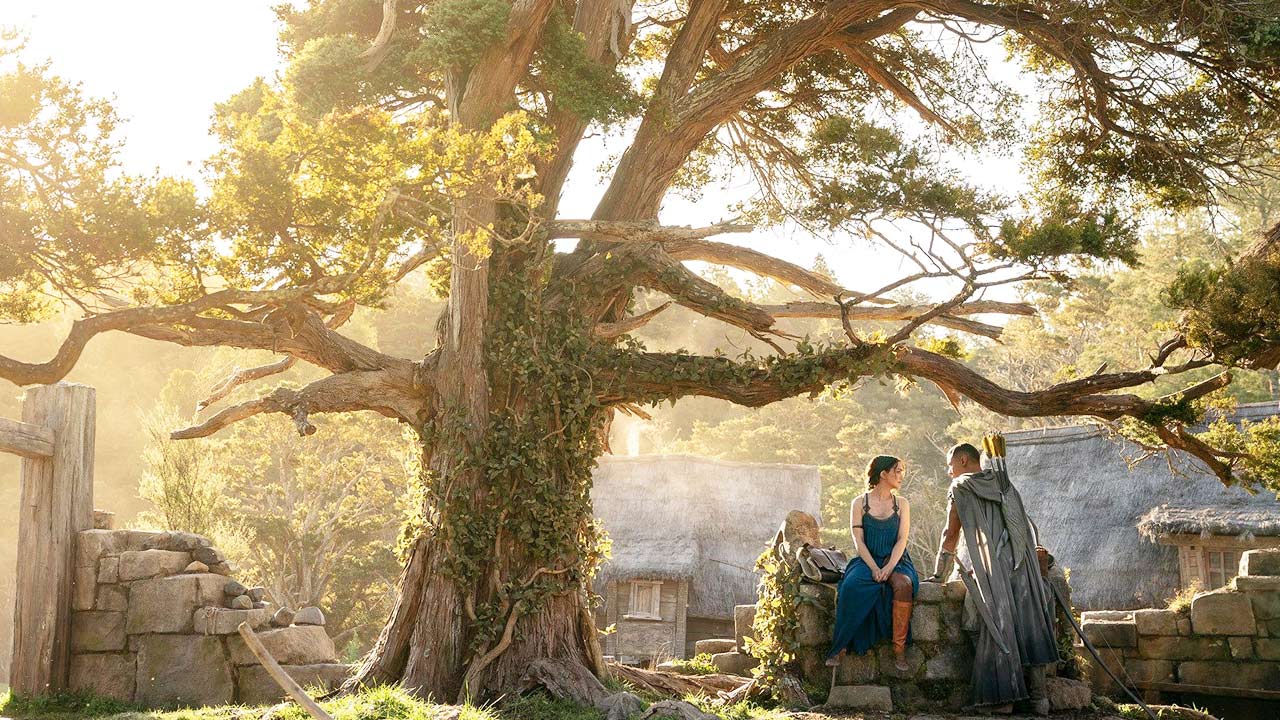
The overwhelming scale of the show
An enormous undertaking, the scale of the show was overwhelming. “It’s very easy to get swallowed up in it all, running around making sure everything’s working,” Payne says. “Here we are in this amazing place, surrounded by a group of passionate people, all of whom love Tolkien and Middle Earth. And so sometimes you just have to stop and you say, ‘Wow, look at that, that’s a dwarf standing right in front of me’.”
While they worked closely with the special effects wizards over at Weta, Payne hasn’t had the pleasure of sitting down with Jackson to compare battle scars, but hopes to do so one day soon over a hobbit ale or two. He’s keeping his fingers crossed the show will find new fans too.
“The great thing is that you don’t need to have seen the movies, read the books or really know anything about Middle Earth at all. You can come to this completely fresh and we hope that the human drama and the majesty of Middle Earth will sweep people in. Then obviously we hope people will do the deeper dive, go read the books and become superfans.”









